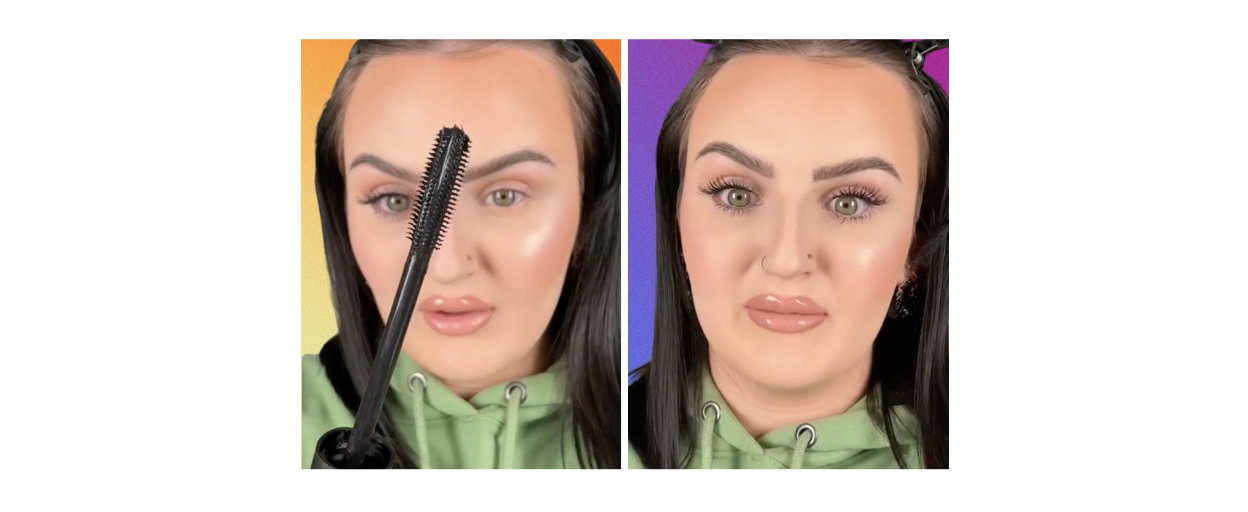We have all heard the term ‘deinfluencing’ but what does it really mean?
What is deinfluencing?
‘Deinfluencing’: is it just the latest in a long history of social media buzzwords or is this the start of a new age of influencer marketing? Either way, it is important for your brand to stay up to date to ensure you communicate with your consumers effectively. To help you with this, we have taken a deep dive into everything ‘deinfluencing’.
In 2023, we have seen a 488% increase in google searches for the term ‘deinfluencing’, and with searches for ‘What is deinfluencing?’ at an all time high, it seems everyone is asking the same question.
What does deinfluencing mean?
It is undeniable that social media as a whole is a breeding ground for overconsumption, with influencer marketing only feeding into this. The accessibility to see what other people are purchasing has created a ‘must-have’ culture, leading to consumers feeling the pressure to purchase more and more rather than making less and better spending choices. With a rise in fast fashion brands utilising influencer marketing, The calls for a shift to more sustainable shopping habits are loud and clear. The deinfluencing trend encourages consumers to stop feeding into the unrealistic spending standards set by influencers and think more before purchasing.
Secondly, the explosion in #deinfluencing which currently has 496M views on TikTok, is in response to the sponsored content and #ad’s that are common within influencer culture. Scepticism to whether influencers genuinely like and use the products they promote is growing, with many being accused of simply promoting the products to get a healthy cheque. Many social media users have taken the deinfluencing trend as an opportunity to share real opinions on items and let viewers know things they should not buy.

